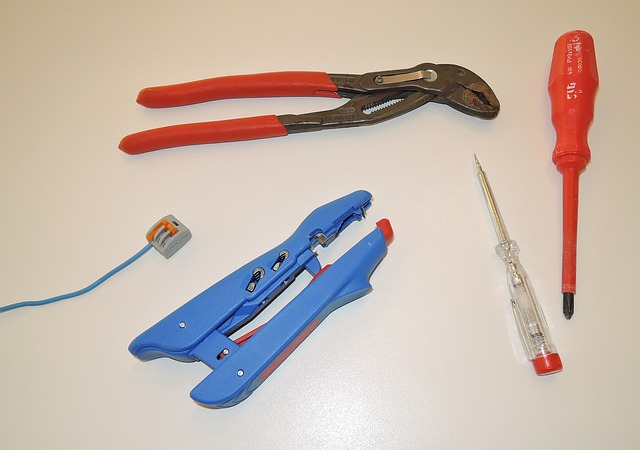
Probably, you did not mind some small issues with your well pump until there is no water coming out from the faucet. A waterless well pump is the result of three leading causes. The water level may have dropped to significant levels because of a prolonged hot season, there may be electrical problems, or there are leaks or obstruction along the pipes. It is advisable that when the problem is mechanical, it should be addressed promptly so that the issue will not worsen.
Indeed, knowing how to troubleshoot when there are apparent signs of minor defects is better than waiting for a total breakdown of your equipment. You may also be spared from spending a lot of hard-earned money in the process. While some well pump owners can troubleshoot problems with their well pumps, so you can. You do not actually need to be very proficient in electrical or plumbing jobs before you can troubleshoot your malfunctioning well pump. That is if the issue is not that severe.
Here are some tips to make you an empowered owner of a well pump.
Know Your Well Pump Well
When you inherited your well pump from the former owner of your house, or you may be as old as your equipment, there may be no way to go over the labels because they may have been discarded right when the well pump was installed. Look for informative websites and instructional videos. Be attentive to the parts of the equipment, know their function, and how you can detect if it is that part that is malfunctioning.
Upgrade Your Diagnostic Skills
You should know what part of your equipment is malfunctioning by the signs you see or hear. A noisy well pump may suggest a leak in the air bladder located in the tank, just like when the water coming from the faucet resembles a spitting mechanism. Knowing what causes these signs, like low water pressure well, will help you evaluate if you can troubleshoot the problem.
When you call for a professional repair, knowing the parts and describing the signs accurately will let the repair company know what to expect when they come to help. Or they may even instruct you on what to do.
 Invest in Tools
Invest in Tools
You may not be able to troubleshoot efficiently with just rubber bands to tie leaking pipes. You need to have plumbing and electrical tools to be able to do some honest-to-goodness repairs. Just make sure to acquire the right tools by getting recommendations from professionals or by visiting websites.
Troubleshoot but Know Your Capabilities
Do not think that you are an expert when you know some basic troubleshooting techniques, or you may worsen the whole thing. Call the most reputable repair and replacement company if you need to.

 Invest in Tools
Invest in Tools

